MANAGING STRESS IN THE WORKPLACE: TIPS FOR STRESS AWARENESS MONTH
April is Stress Awareness Month, a time to focus on understanding and managing stress in the workplace. As a recruitment agency, we recognise the importance of addressing stress to maintain a healthy and productive work environment.
In this blog, we will explore the differences between stress and burnout and provide effective strategies for both employees and employers to manage stress.
Understanding Stress vs. Burnout
While stress is a common response to external pressures and can sometimes be motivating, prolonged stress without adequate recovery can lead to burnout—a state of emotional, physical, and mental exhaustion. Stress often manifests as over-engagement and hyperactivity, whereas burnout is characterised by disengagement, feelings of helplessness, and a lack of motivation.
Recognising the Signs
Identifying the symptoms early can prevent escalation:
- Stress Indicators: Irritability, anxiety, fatigue, difficulty concentrating, and physical issues like headaches.
- Burnout Symptoms: Chronic exhaustion, cynicism towards work, reduced professional efficacy, and detachment from job responsibilities.
Age-Related Differences in Workplace Stress
Stress levels and their impact can vary significantly across different age groups:
- Ages 18-24: 91% of employees reported high stress levels over the past year. (Calm)
- Ages 35-44: This group experiences the most frequent stress, with nearly one in seven (15%) feeling stressed every day. (Ciphr)
- Ages 25-44: Individuals in this bracket report feeling stressed for an average of 12.4 days per month, the highest among all age groups. (Ciphr)
- Ages 45-54: These demographic experiences stress for approximately 11.5 days per month. (Ciphr)
Effective Stress Management Strategies
To mitigate stress and prevent burnout, consider the following approaches:
For Employers:
- Encourage Open Communication: Regular check-ins between managers and employees can help identify stressors early. A workplace culture where employees feel comfortable discussing challenges can improve job satisfaction and retention.
- Offer Flexible Working Arrangements: Flexible hours or hybrid work options can improve work-life balance and reduce commuting stress. Studies show that employees with flexible work options experience higher job satisfaction and lower burnout rates.
- Recognise and Reward Employees: Acknowledging hard work can significantly reduce stress and improve motivation. Recognising employees’ contributions can enhance morale and overall engagement.
For Employees:
- Set Clear Boundaries: Avoid checking work emails outside of working hours and set limits on work-related tasks. Maintaining clear boundaries prevents burnout.
- Prioritise Tasks Effectively: Breaking tasks into manageable steps and setting realistic deadlines reduces pressure and improves productivity.
- Take Breaks and Stay Active: Short breaks throughout the day can boost focus and productivity. Incorporating physical activity—whether a walk at lunch or a gym session—can also lower stress levels.
- Seek Support When Needed: Talking to a colleague, mentor, or HR professional about workplace stress can help prevent feelings of isolation. Many businesses also offer employee assistance programs (EAPs) with counselling services.
Looking Ahead: The Role of Employee Recognition in Reducing Stress
In our next blog, we'll delve deeper into how employee recognition plays a pivotal role in reducing stress and boosting morale. Recognising and appreciating employees' efforts not only enhances job satisfaction but also fosters a positive workplace culture, contributing to overall well-being.
Stay tuned for insights on the power of appreciation in the workplace and practical tips on implementing effective recognition programs.
Note: The statistics and findings mentioned are based on recent studies and reports on stress and burnout.
Share Here























